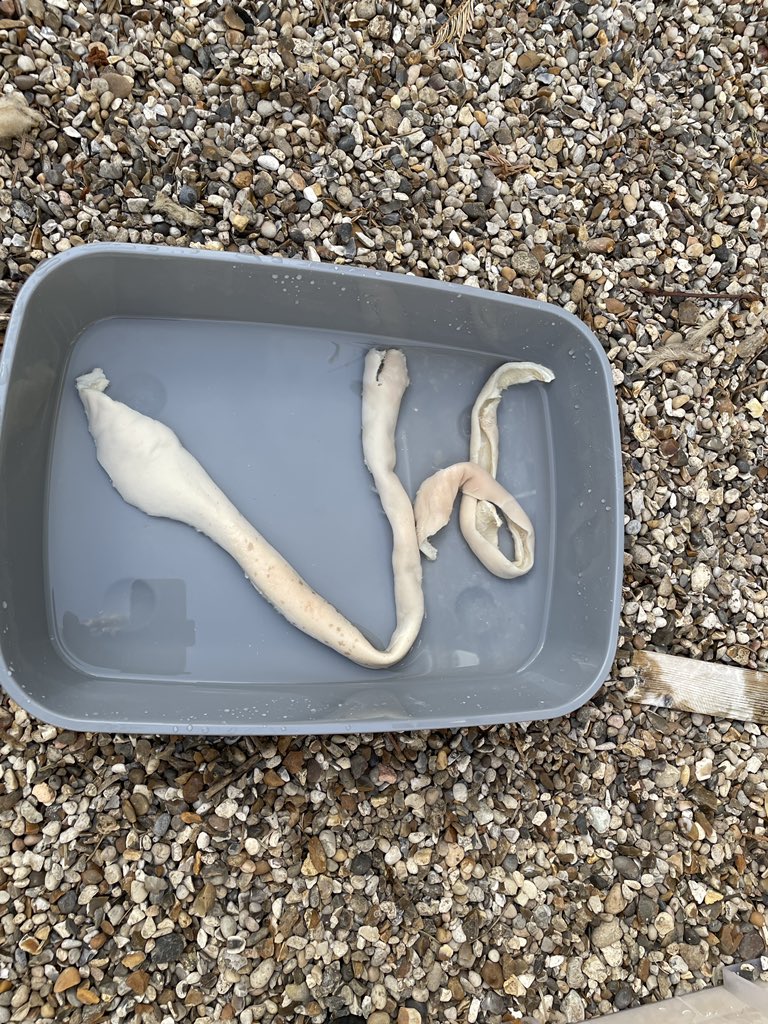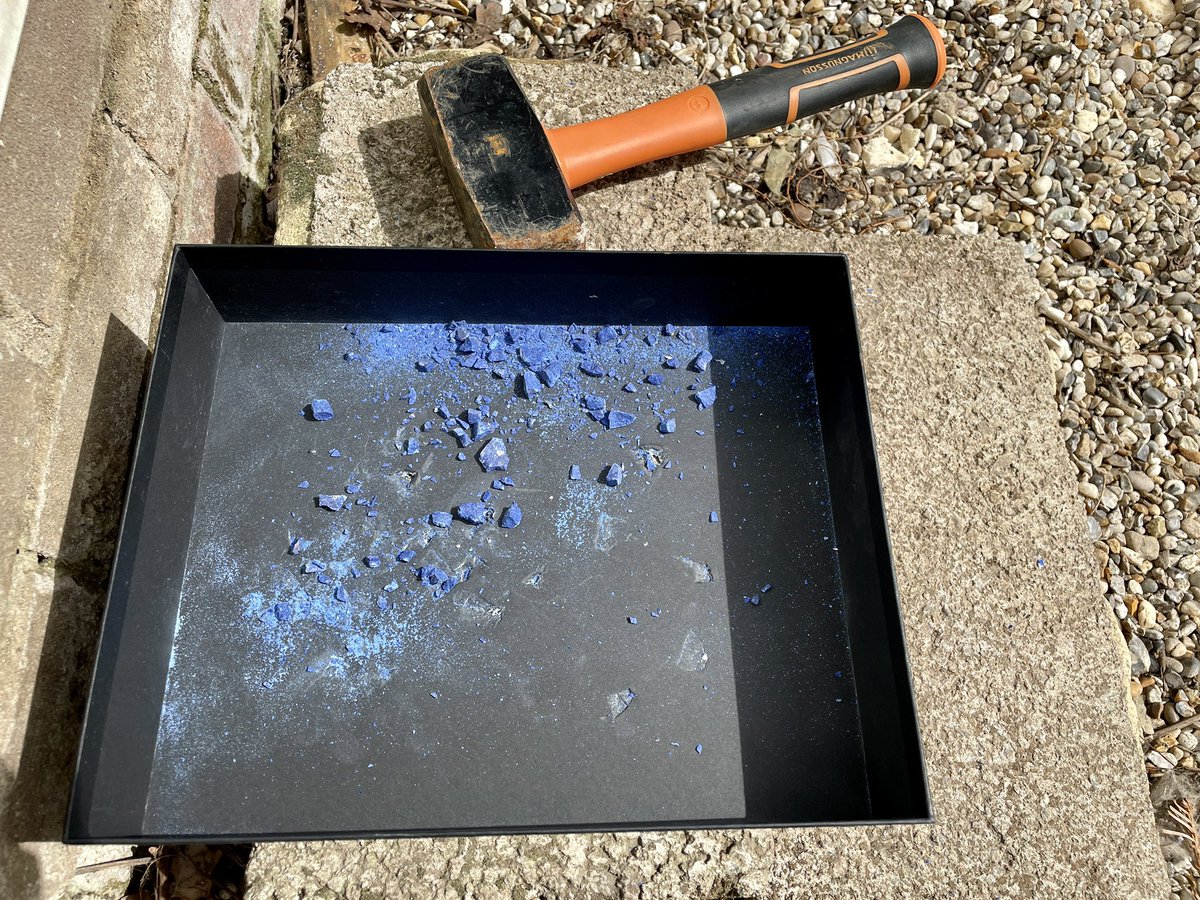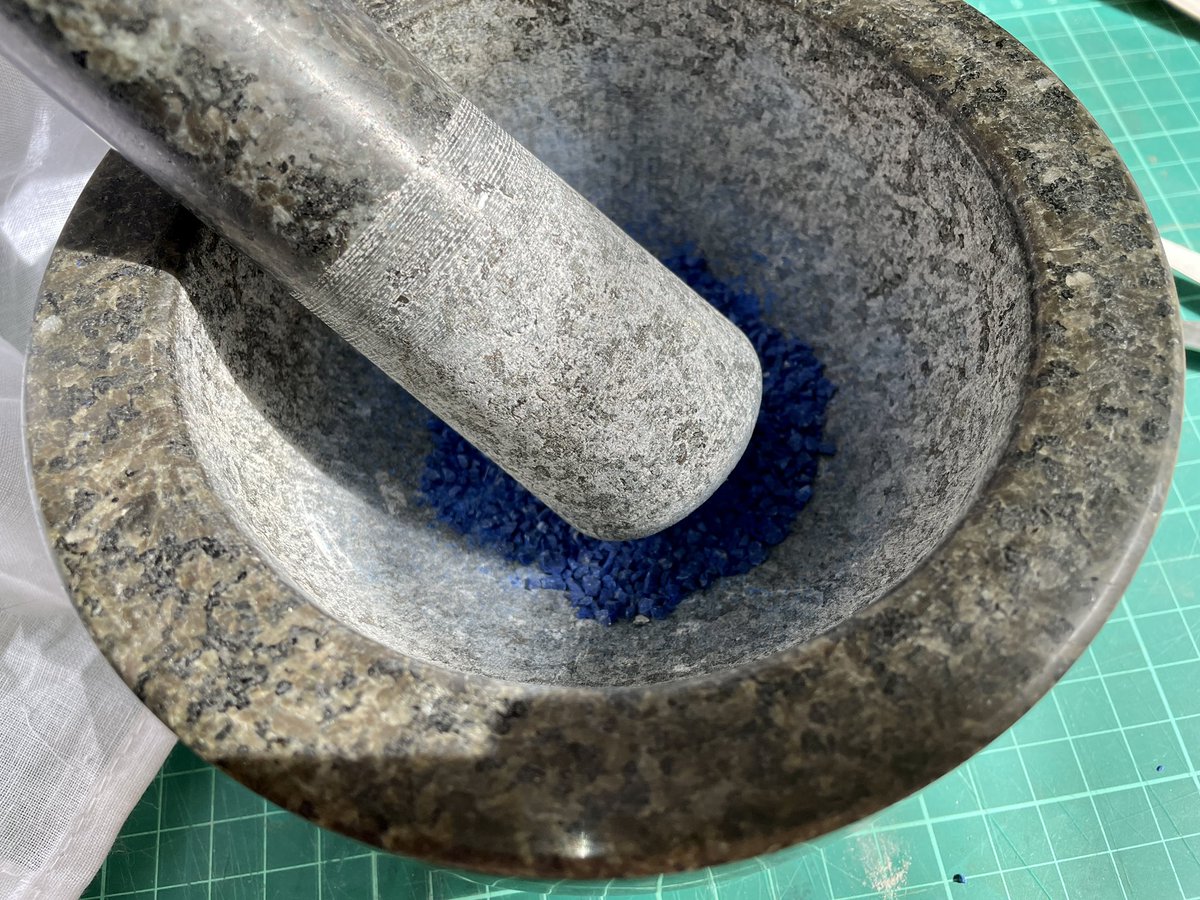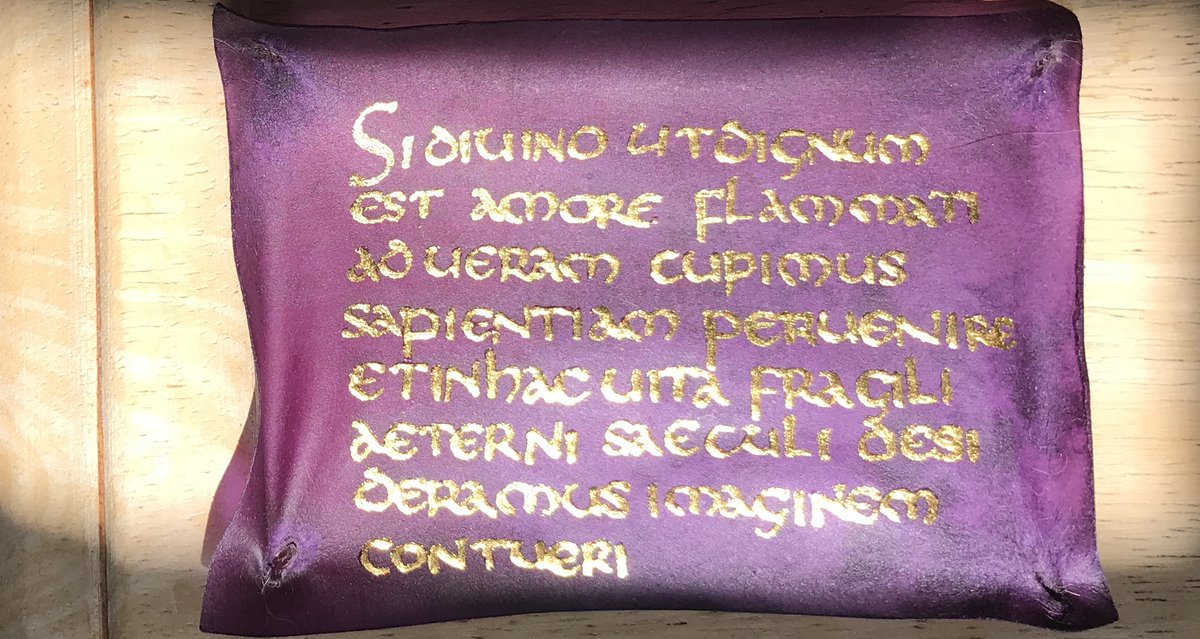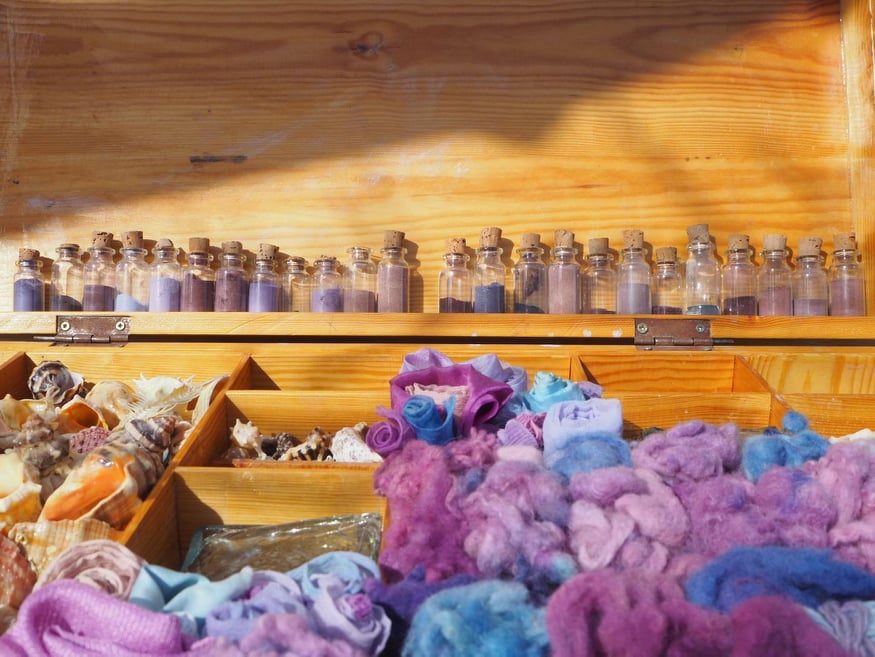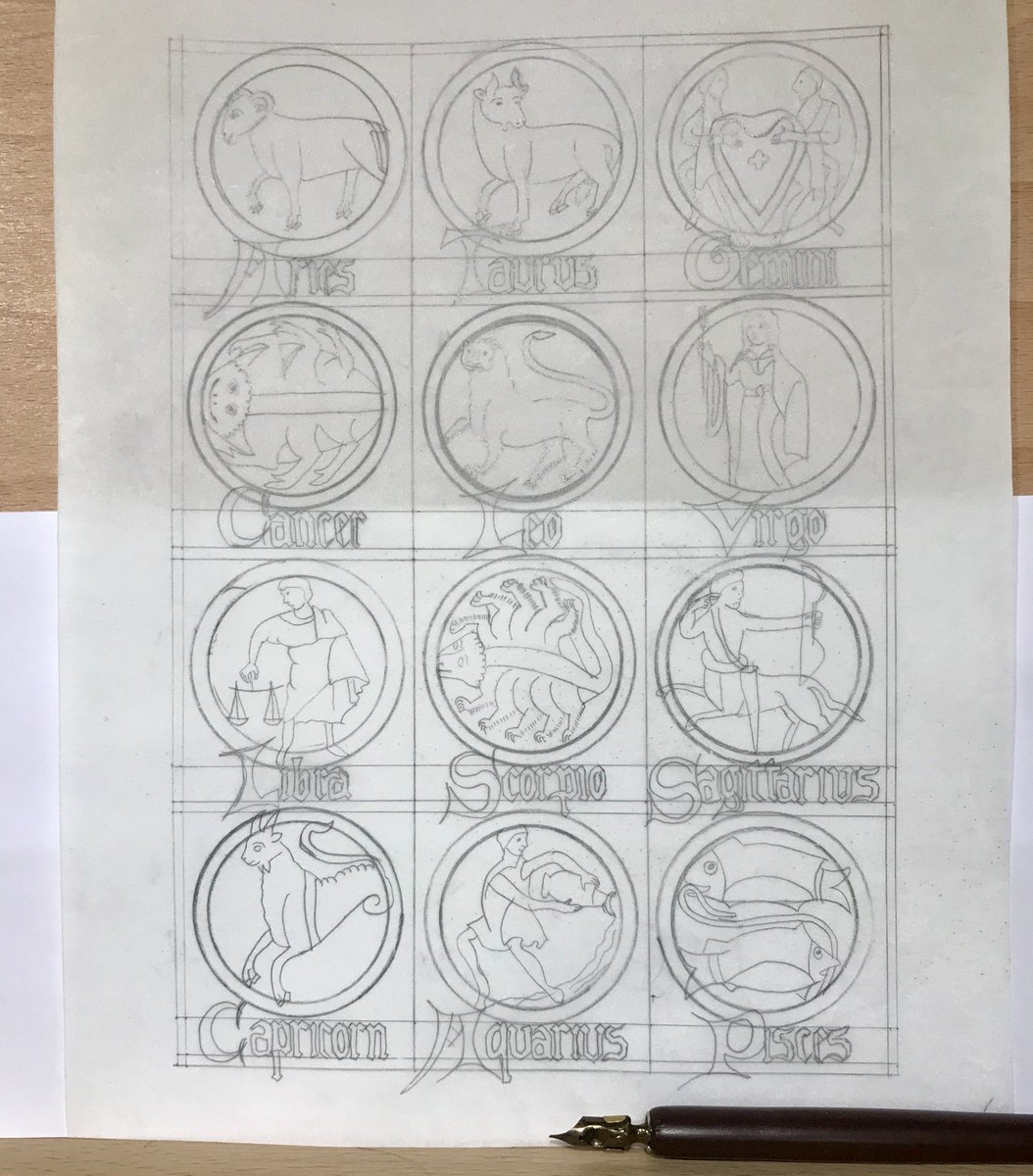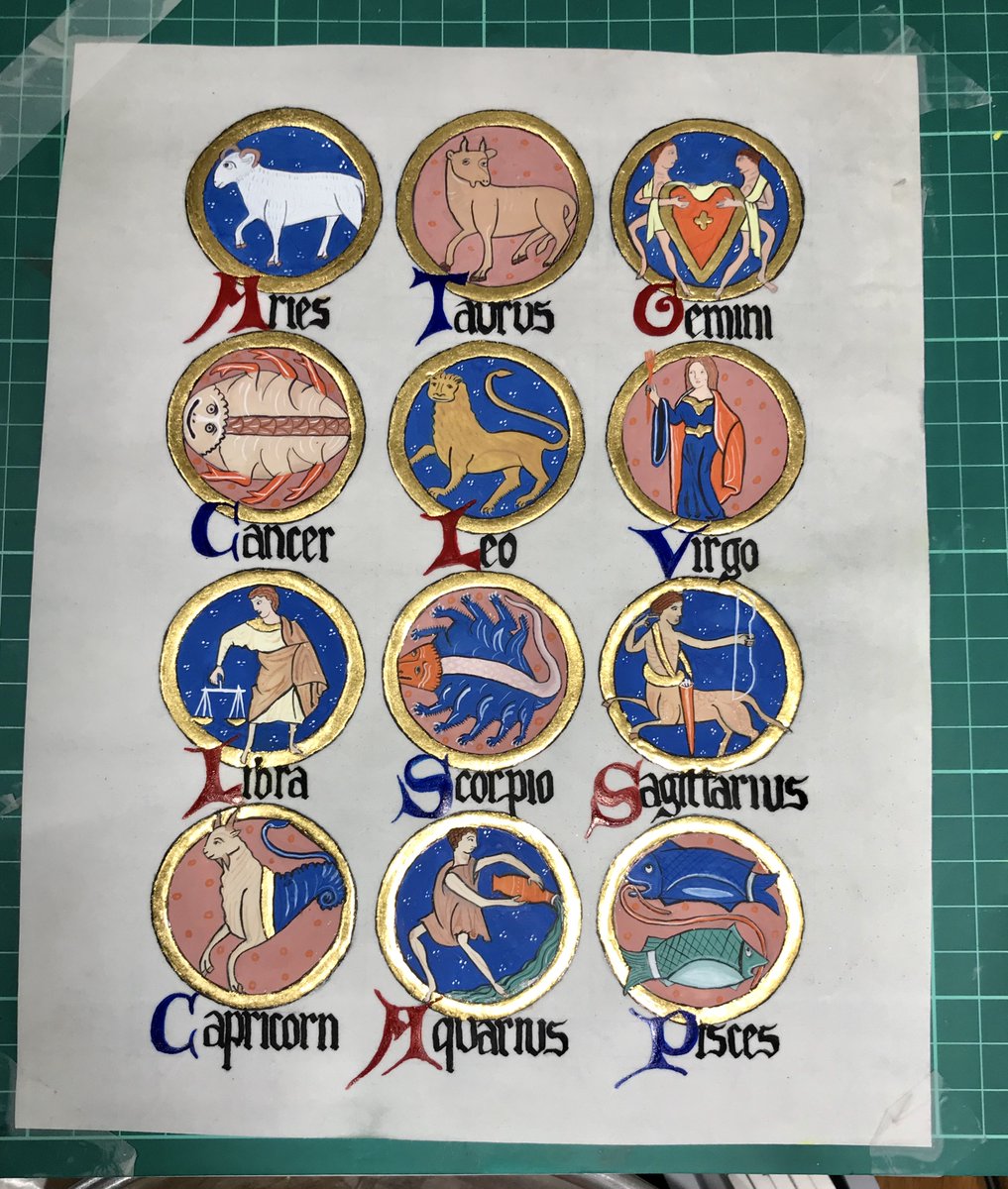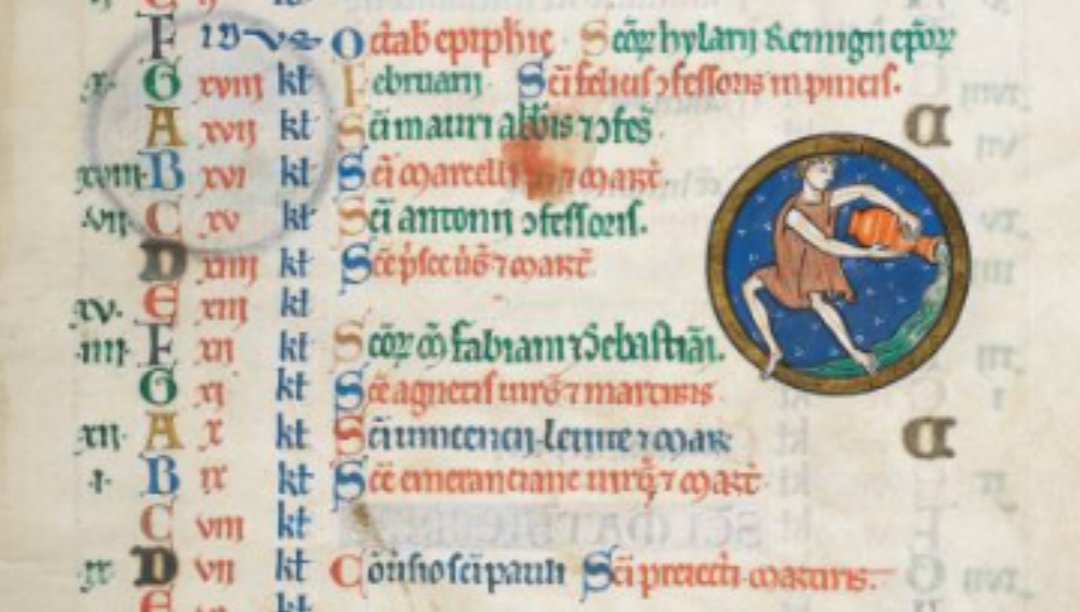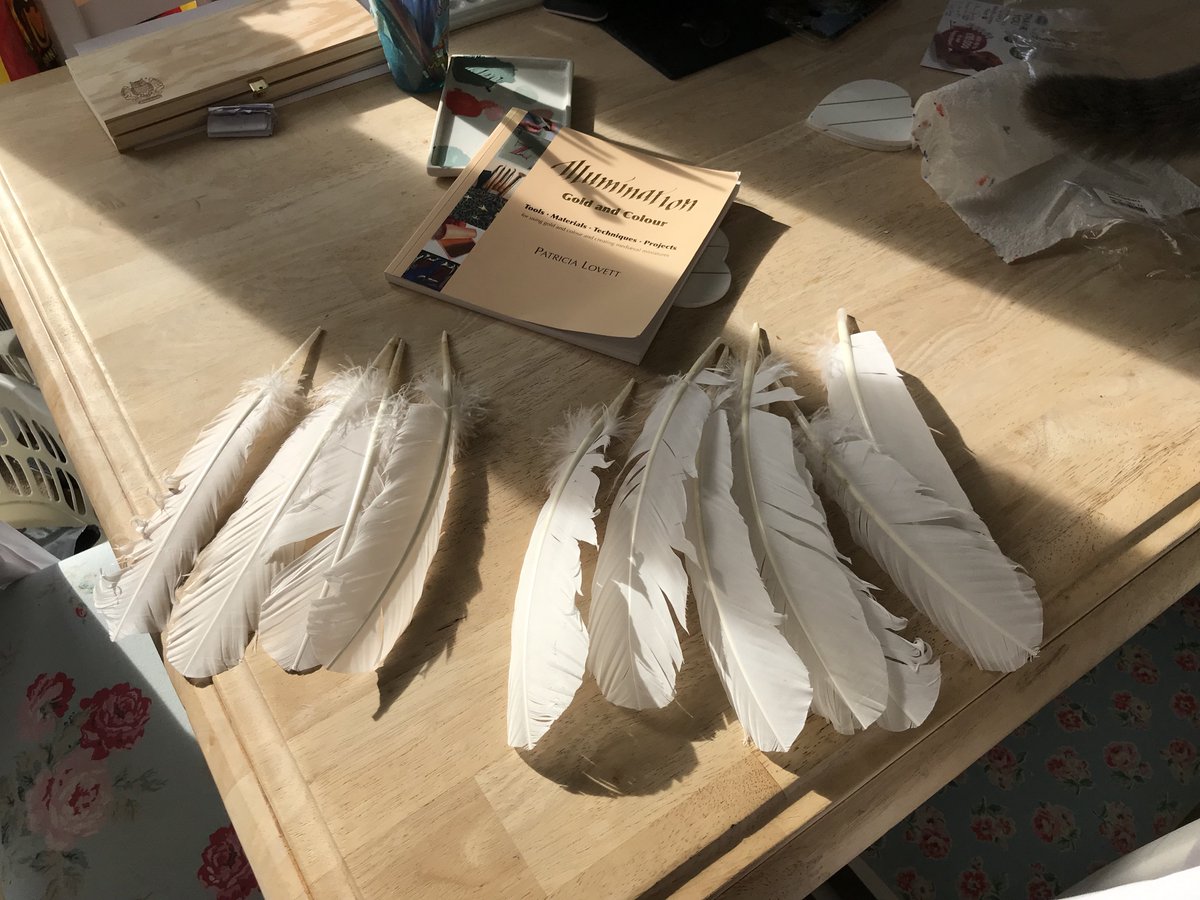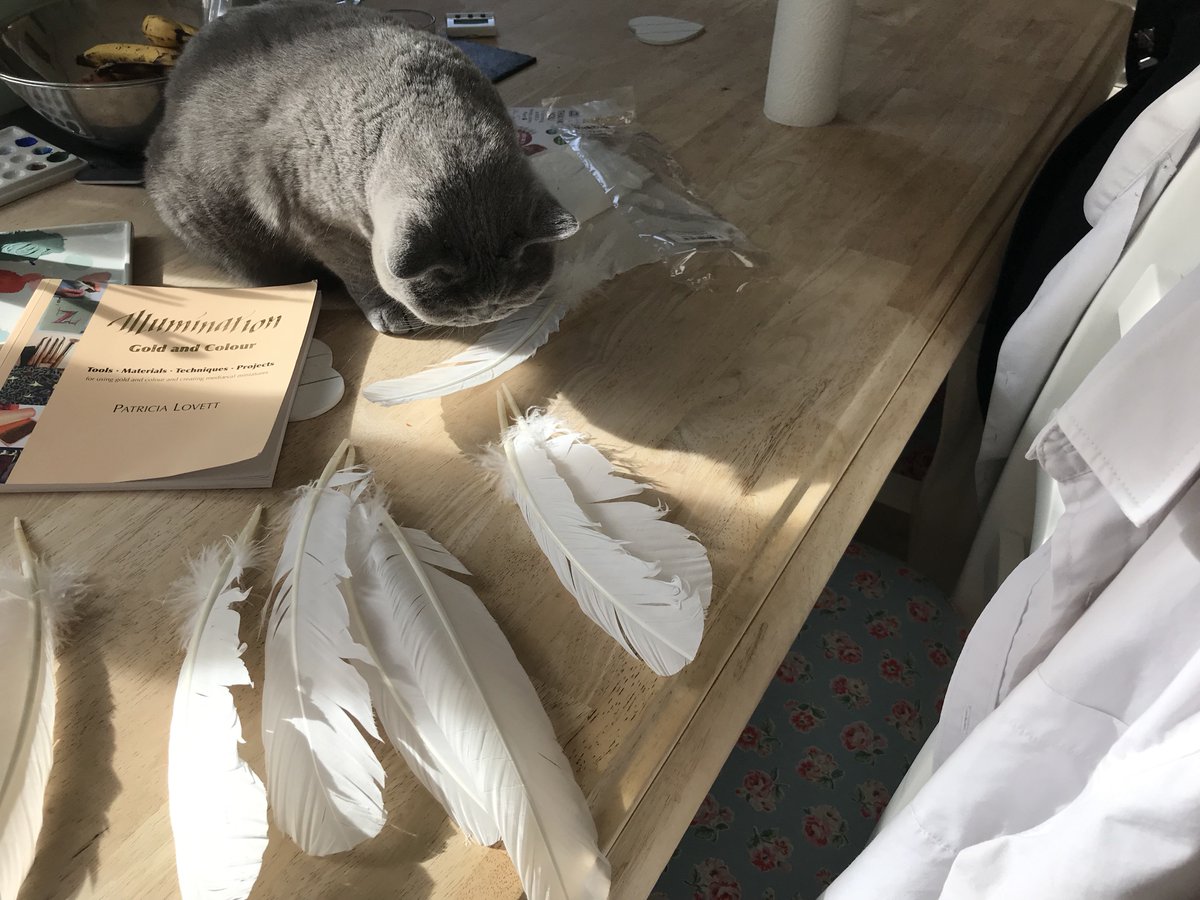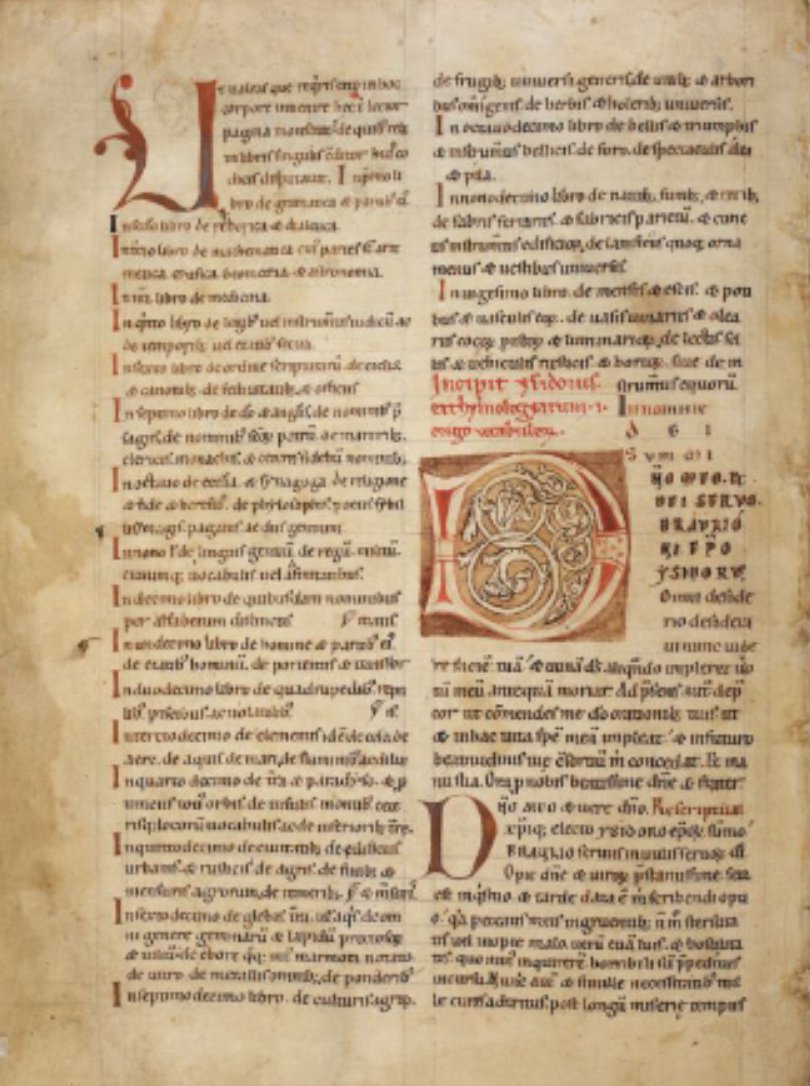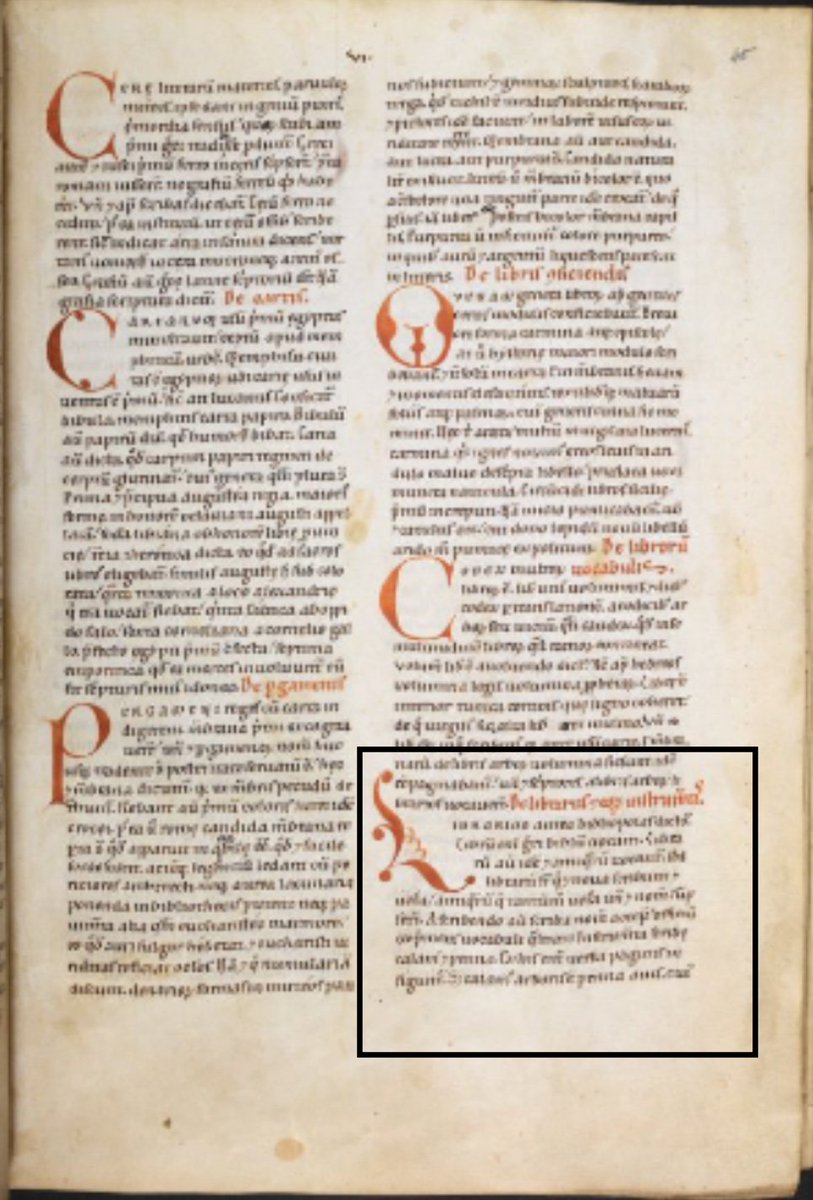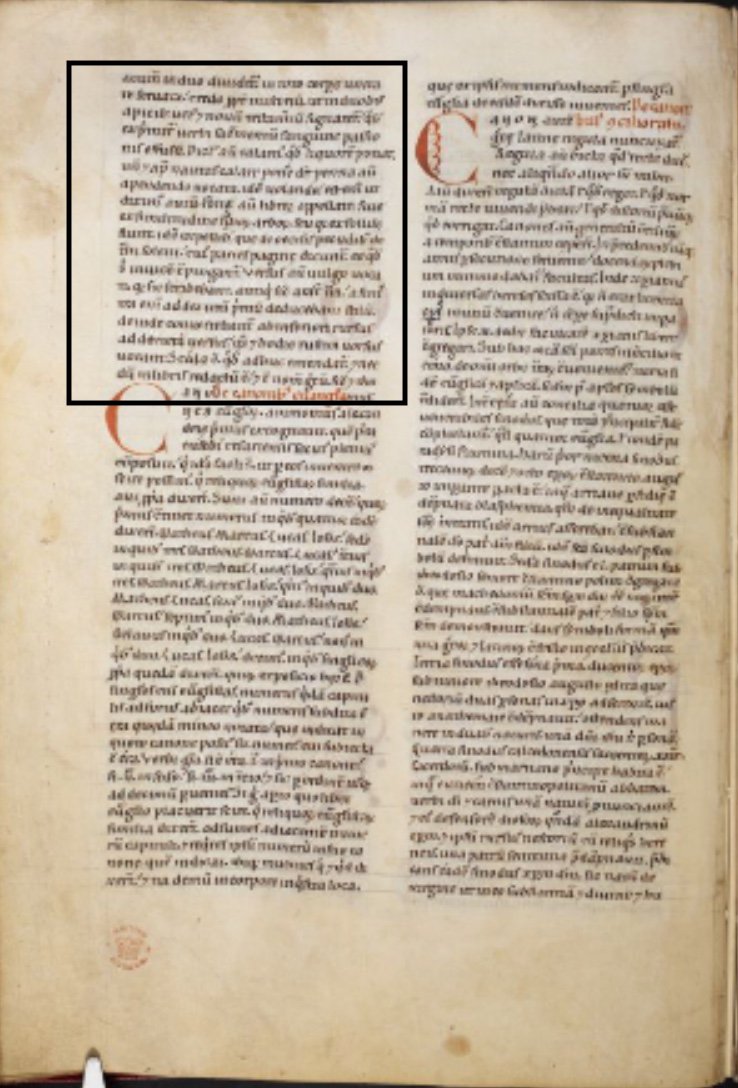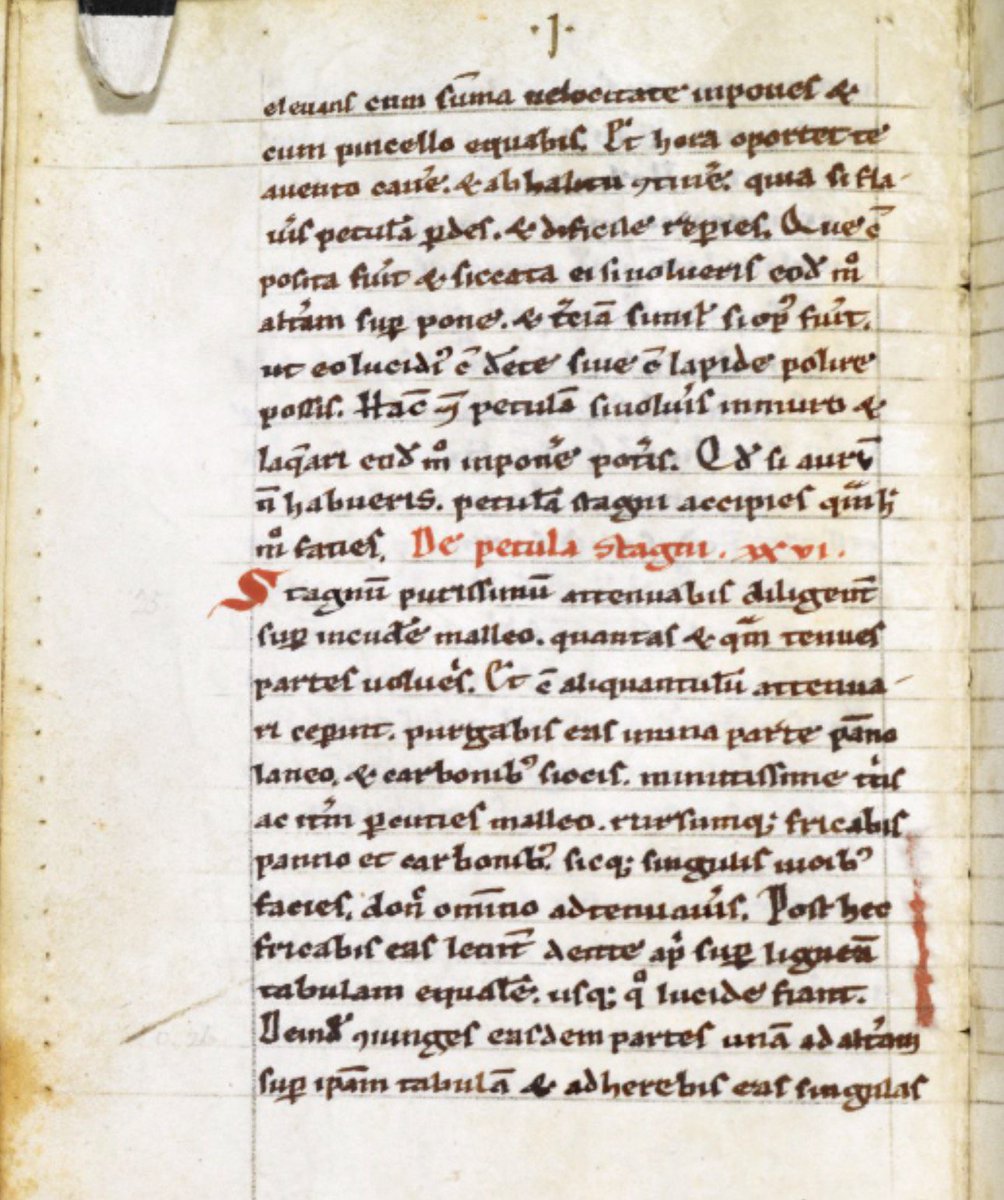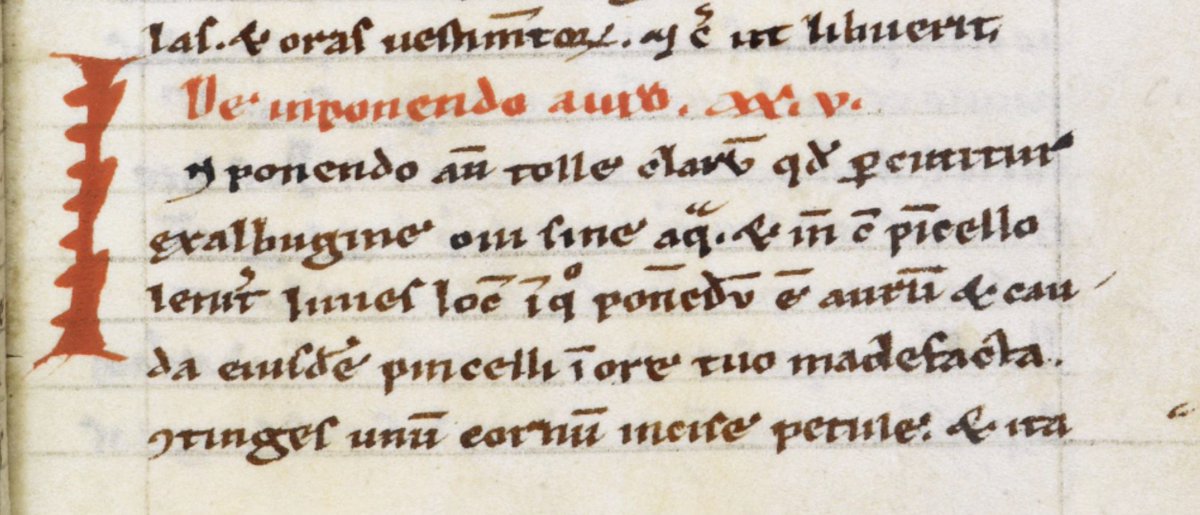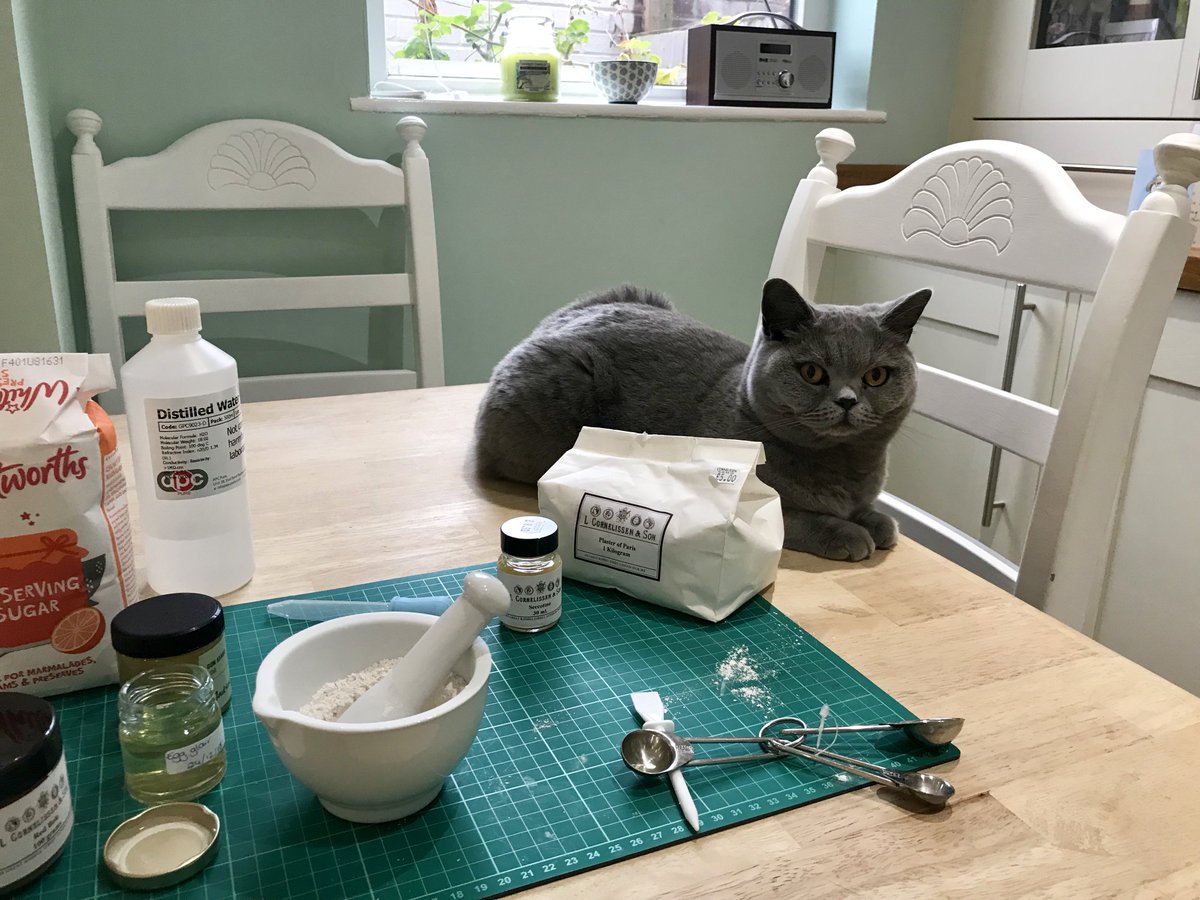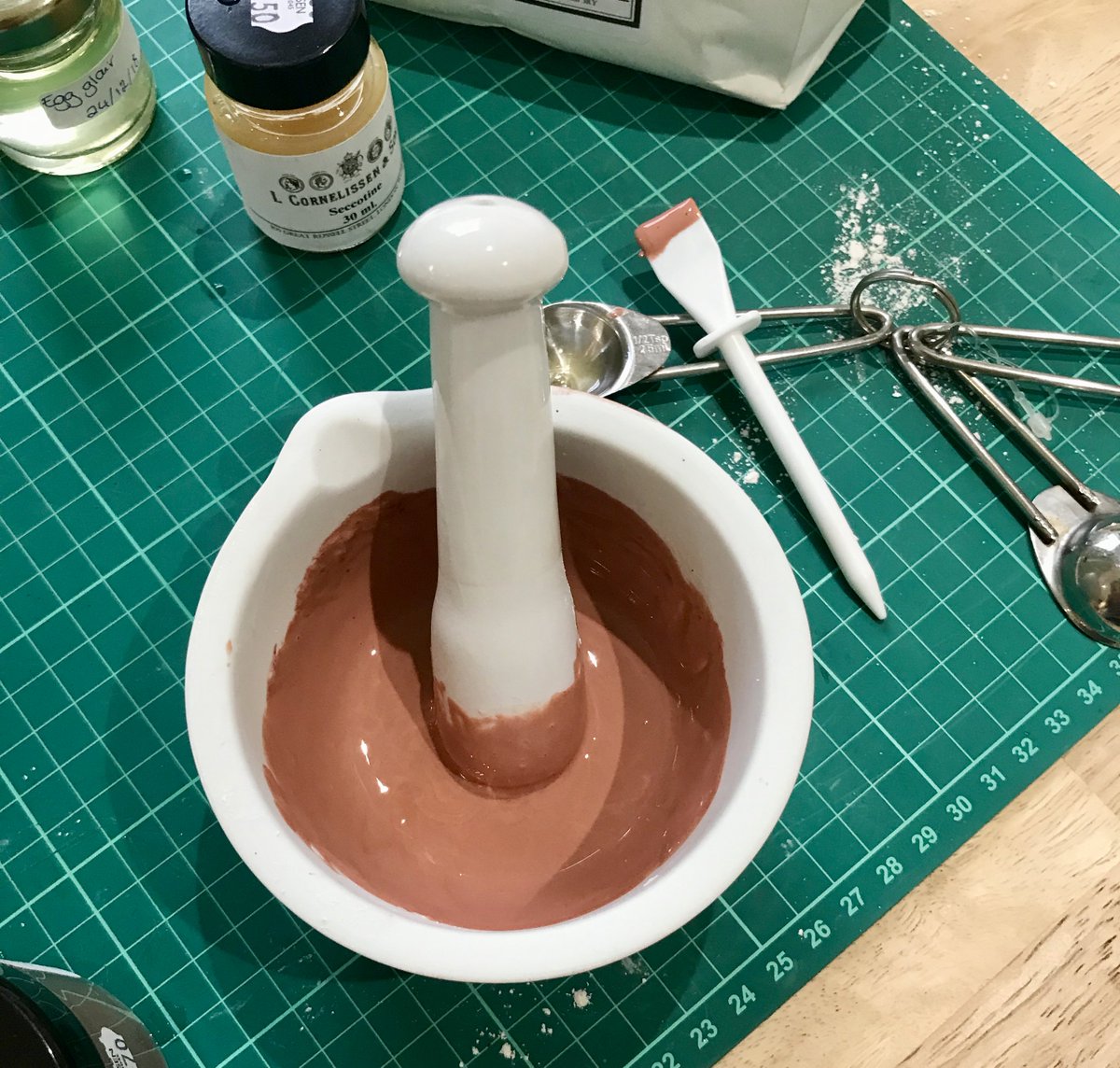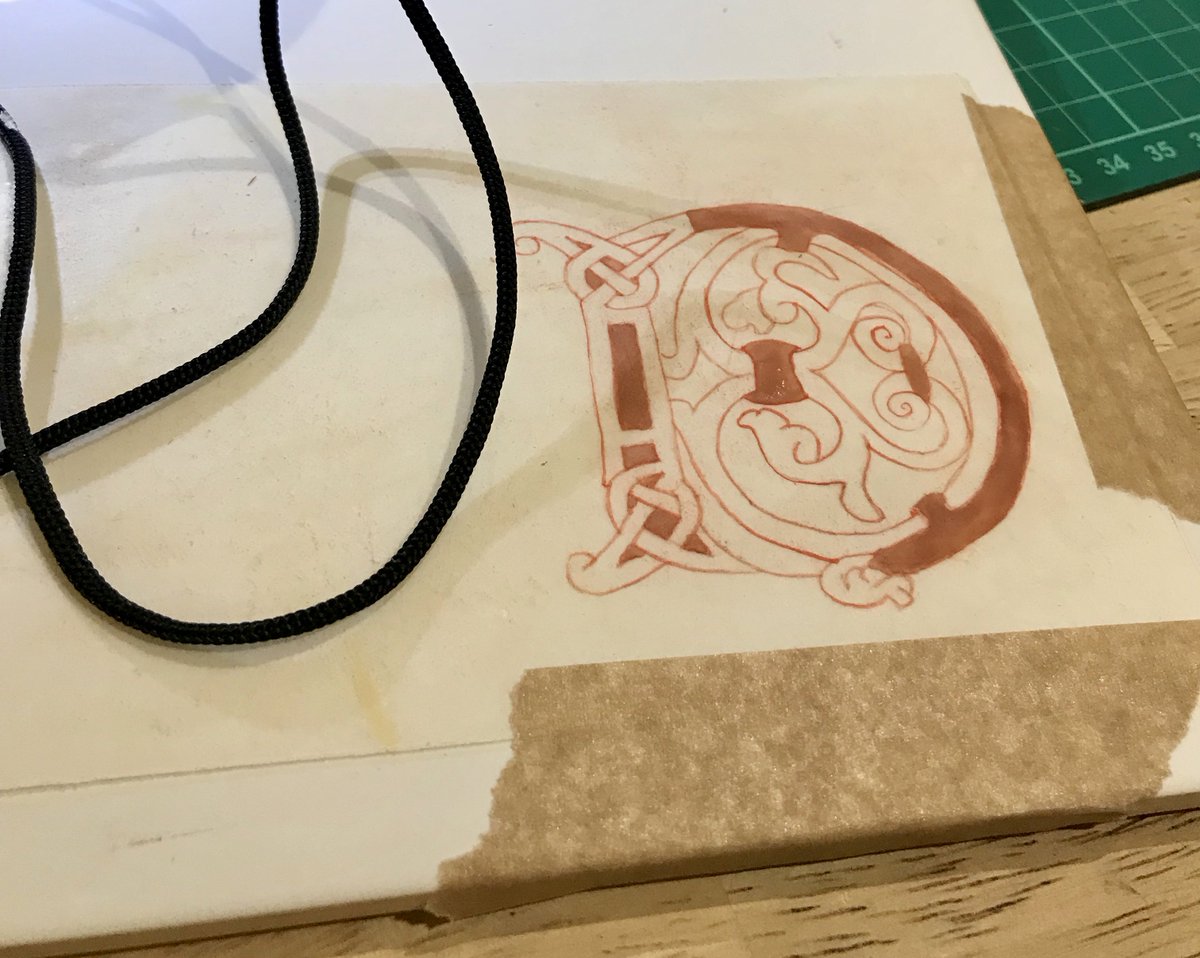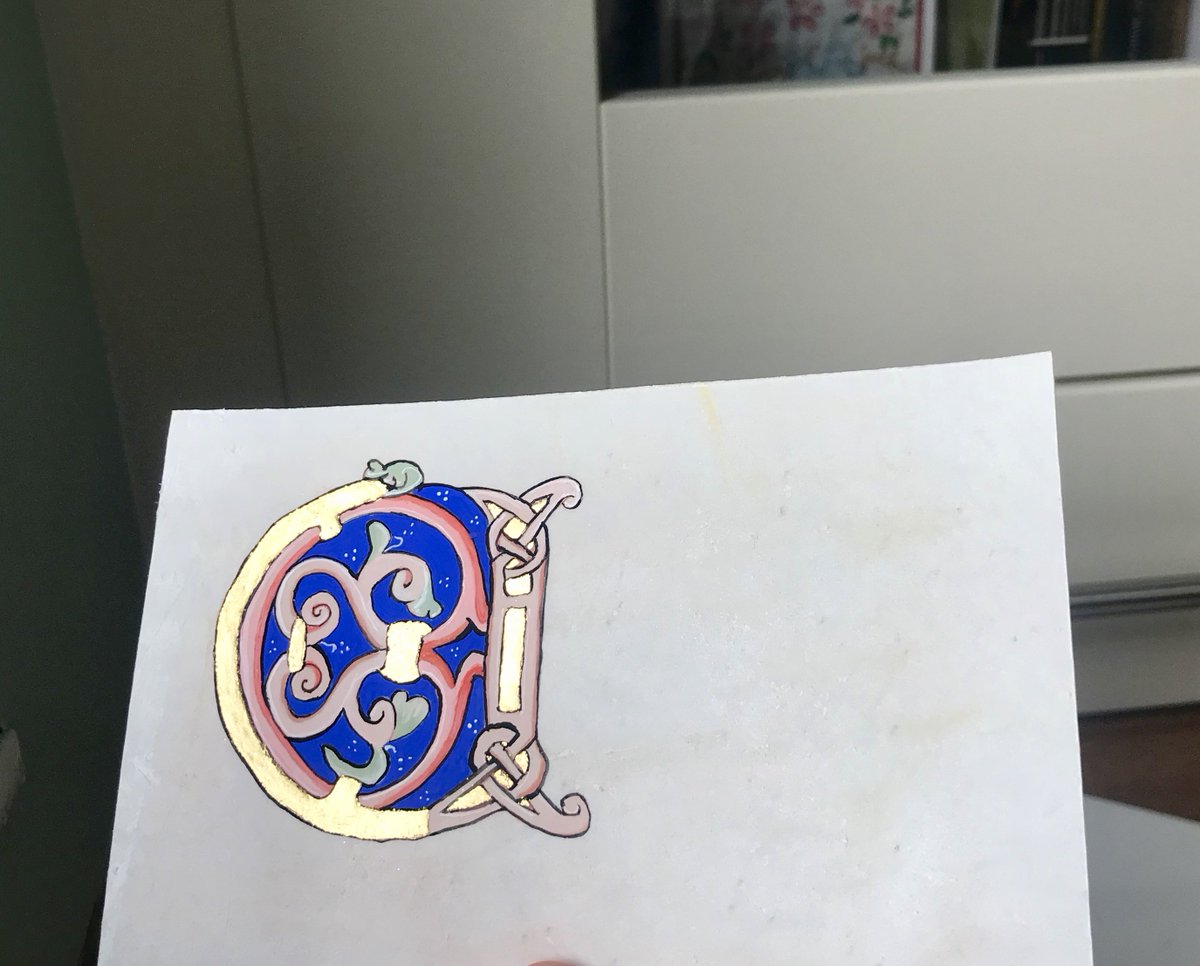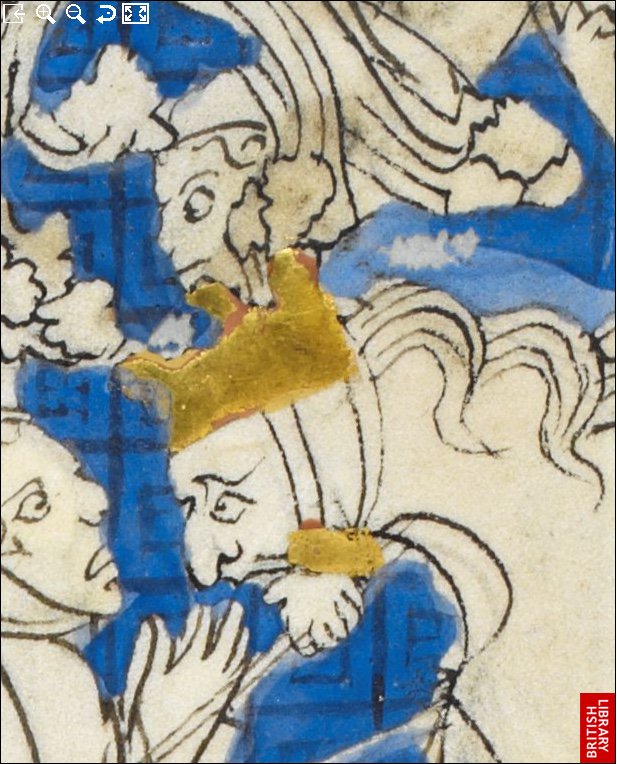
I want some alum-tawed thongs for a bookbinding project. Does a search on the internet help? It does not (unless I want a whole animal skin for £££). But I DO have a sheep skin that I salted from last year. So I’m going to make my own #teachingmanuscripts 

I need to rinse all the salt out first in water. I got this skin last October and salted it straight away. It’s been stored all winter in an airtight container, and it looks pretty good 👍 

Once the salt is all rinsed off, the fluffy wig goes in the lime bath. This will break down the hair so that it slips off easily. I’ll stir a few times a day 



You might think this is disgusting but it’s actually very satisfying. The lime is starting to work and the hair pulls out easily from the skin
Peeling off all the wool (I SHOULD NOT be doing this with bare hands). You can also hear nice birdsong and a conversation with Gabriel
I just want to clarify that I am not referring to myself in that video as Gabriel’s mummy - I am referring to his real life cat mummy 

I’m not going to talk about this next stage. Suffice to say I have been to the depths of hell. We shall never mention the contents of this orange bucket 

The act of unspeakableness is over. Now the skin needs to be 'drenched' in bran with warm water for 18 - 24 hours 
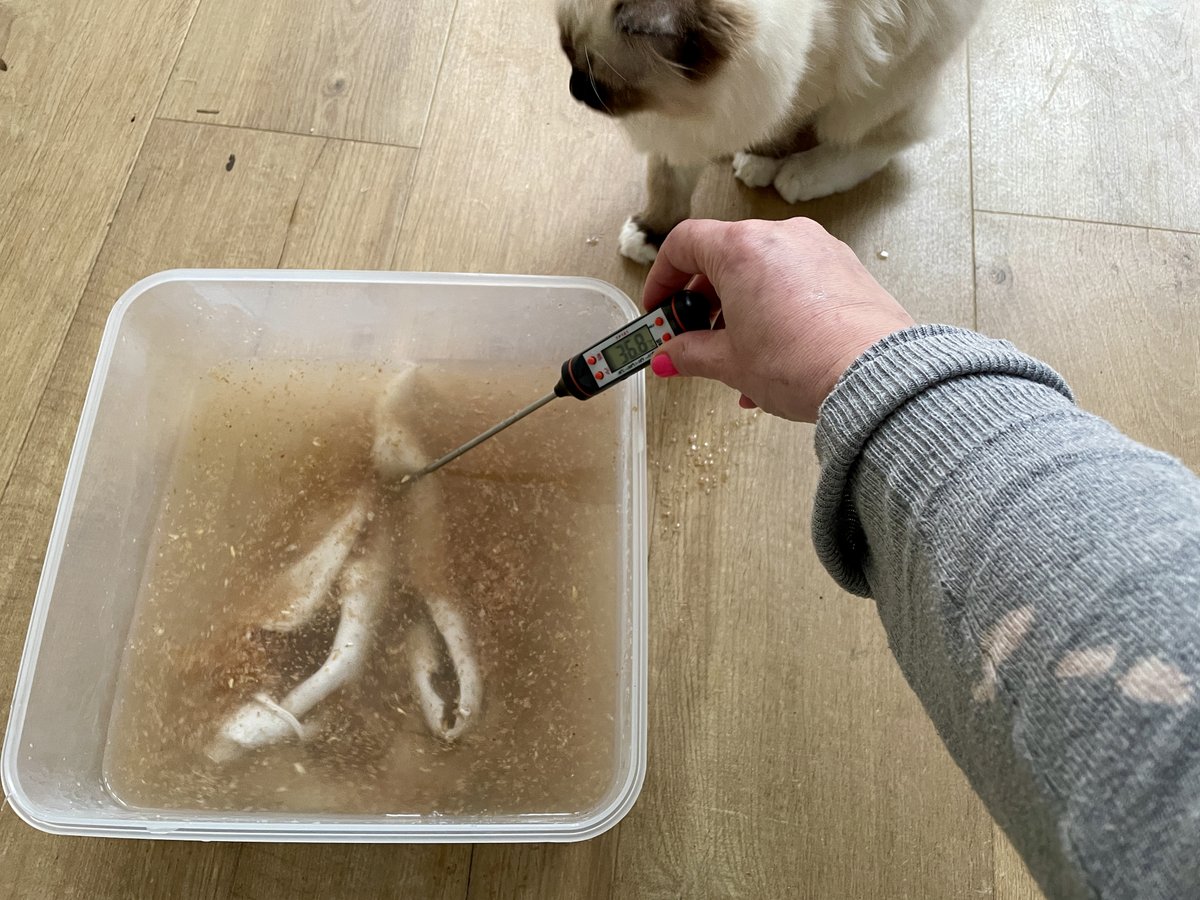
So something interesting (bad) happened. Because I did not want to go near the bucket of filth in the previous step, I left the strips in there for about 24 hours, rather than getting in the bucket and treading it for a few hours, which is the traditional method
Left to their own devices the enzymes did too good a job of breaking down the fibres and the whole skin started to disintegrate. While it in was the bran mix, I could actually pull it apart. So I started again - but this time,for the sake of my mental health, I used chicken waste 

Luckily, @MaureenSams has the finest chickens known to humanity and supplied me with a nice bucket of fresh chicken droppings 

So if there’s one piece of advice I can give you, should you decide to make alum tawed leather the medieval way (and for god’s sake, why would you) - use chicken droppings. It’s a positively fragrant experience compared to the other alternative 

Anyway - I swished it about for about an hour, then soaked it in the bran for day. It was very soft, but still strong. Next, time to mix the alum solution. Alum, salt, egg yolk, flour and water 



I’m going to leave it in here for a few days. After an hour or so, the skin started to feel harder, which feels counter-intuitive after going through the steps to soften it, but that’s what it’s supposed to do 

It’s been soaking for a week now, so I’ve taken the skin out and suspended it in a very sinister fashion to
a) deter burglars
and
b) air dry
It should get very tough and inflexible during the drying process, and then will need to be ‘staked’ to resoften it
a) deter burglars
and
b) air dry
It should get very tough and inflexible during the drying process, and then will need to be ‘staked’ to resoften it

It's been drying for just over a week now, and it's quite tough - but becomes much more flexible with a bit of manipulation. I'll probably leave it for a few more days and then try to soften it 

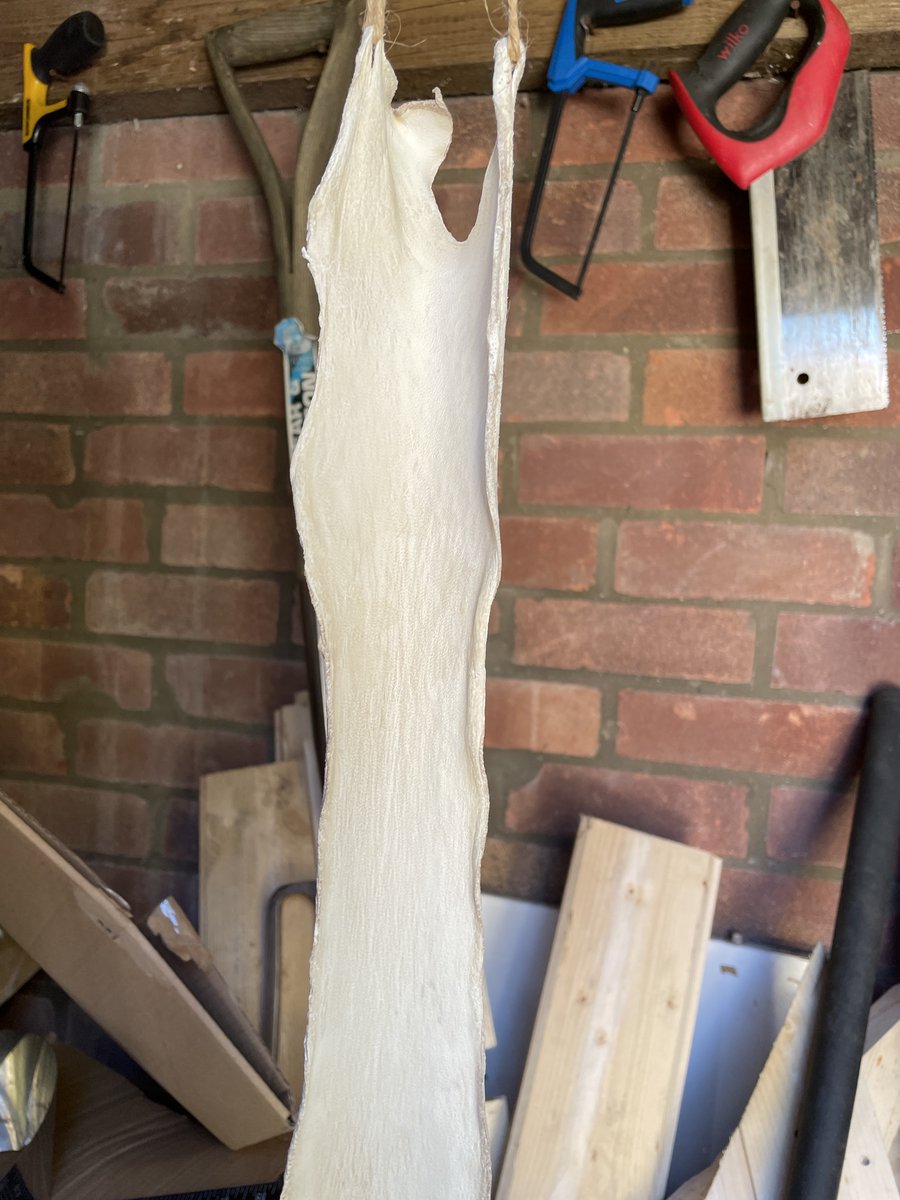

So as you can see, once it’s dried out it’s quite stiff, but after a lot of stretching and pulling it softened up nicely. It smelt very strongly of roast lamb 😕 



@threadreaderapp unroll
• • •
Missing some Tweet in this thread? You can try to
force a refresh


